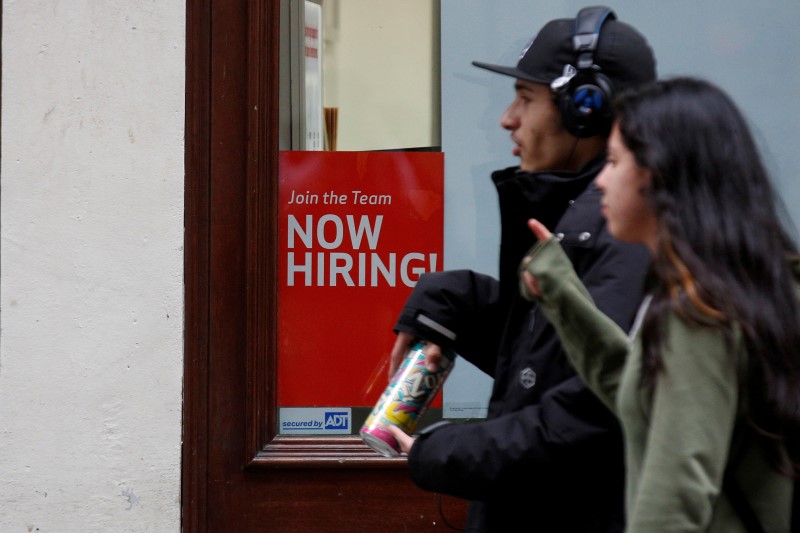Investing.com - Here are the top five things you need to know in financial markets on Friday, February 3:
1. U.S. January Nonfarm Payrolls Report
All eyes will be on the U.S. Labor Department release of its January nonfarm payrolls (NFPs) report at 8:30AM ET (13:30GMT) on Friday.
The consensus forecast is that the data will show jobs growth of 175,000, following an increase of 156,000 in December, the unemployment rate is forecast to hold steady at 4.7%, while average hourly earnings are expected to rise 0.3% after gaining 0.4% a month earlier.
An upbeat employment report will point to an improving economy and support the case for higher interest rates in the coming months, while a weak report would add to uncertainty over the economic outlook and push prospects of tighter monetary policy further off the table.
2. Trump to rescind Dodd-Frank
U.S. President Donald Trump plans to order a complete review of the Dodd-Frank Act rules enacted in response to the 2008 financial crisis, a White House official said, signing an executive action Friday designed to significantly scale back the regulatory system put in place in 2010.
"Americans are going to have better choices and Americans are going to have better products because we're not going to burden the banks with literally hundreds of billions of dollars of regulatory costs every year," White House National Economic Council Director and former Goldman Sachs (NYSE:GS) Chief Operating Officer, Gary Cohn told The Wall Street Journal in an interview.
Trump had previously said that the law damaged the country’s “entrepreneurial spirit” and limited access to needed credit.
3. U.S. service sector in focus
Apart from the aforementioned jobs report, market participants will eye the strength of service sector activity stateside.
The Institute of Supply Management (ISM) will release its non-manufacturing purchasing managers’ index (PMI) for January at 10:00AM ET (15:00GMT) with expectations for the expansion to continue to strengthen.
A similar report for the euro zone released Friday showed service activity remained at its strongest level since mid-2012, while job creation hit its fastest rate since 2008.
The U.K. services PMI showed that growth slowed in the sector, though Markit commented that the strongest business expectations since May 2016 suggested that the slowdown would be temporary.
4. Oil inches up on sanction fears ahead of U.S. drilling activity data
Oil prices edged up on Friday on news that U.S. President Donald Trump could be set to impose new sanctions on multiple Iranian entities, raising geopolitical tensions between the two nations.
Trump's administration is prepared to roll out new measures against more than two dozen Iranian targets following Tehran's ballistic missile test, according to Reuters, citing sources familiar with the matter.
Markets also looked ahead to data from Baker Hughes out later in the session to take stock of how U.S. shale drillers are responding to higher prices.
According to the most recent data from the oilfield services provider, the number of rigs drilling for oil in the U.S. increased by 15 to 566, its highest level since November 2015.
U.S. crude oil futures gained 0.30% to $53.70 at 4:56AM ET (9:56GMT), while Brent oil traded up 0.41% to $56.79.
5. JGB yield hits 1-year high as BoJ purchases disappoint
Yields on Japanese government bonds (JGB) hit a one-year high on Friday on disappointment over purchases by the Bank of Japan (BoJ) in its effort to keep their return low.
The BOJ on Friday offered to buy 70 billion yen ($621 million) of JGBs with less than a year to maturity and 450 billion yen of five to 10-year debt, but refrained from purchasing debt with maturities of 25 years or more as some market participants had expected.
The yield on the 10-year benchmark JGB hit 0.15%, its highest level since January 2016.
